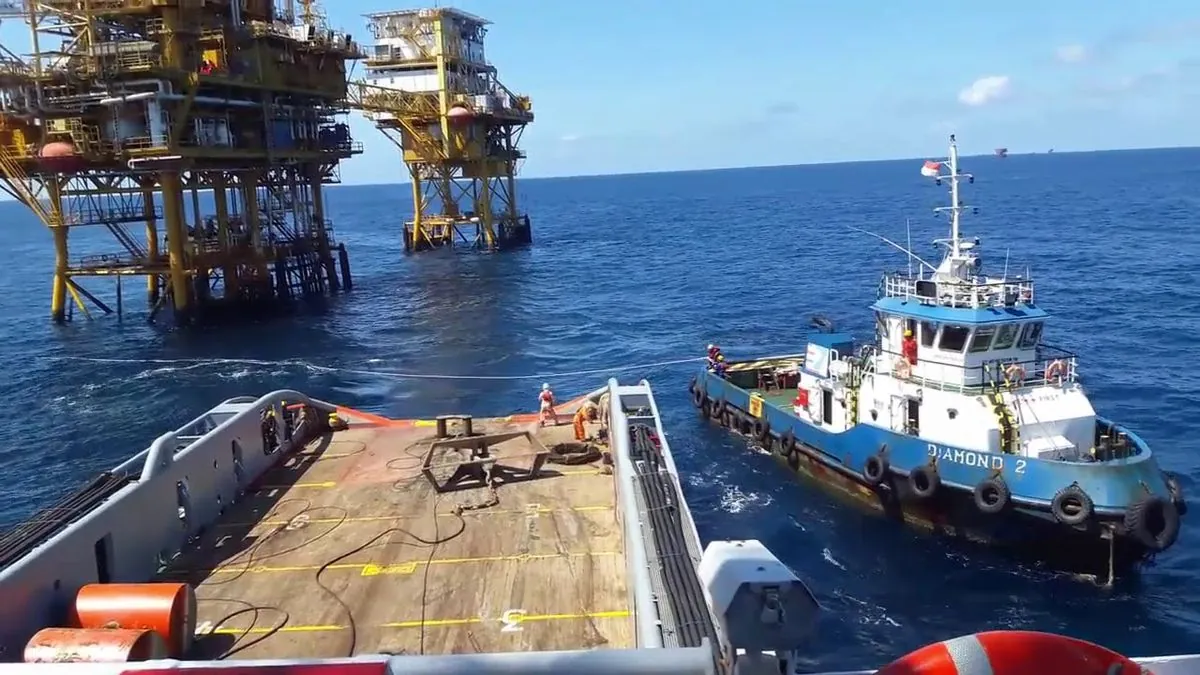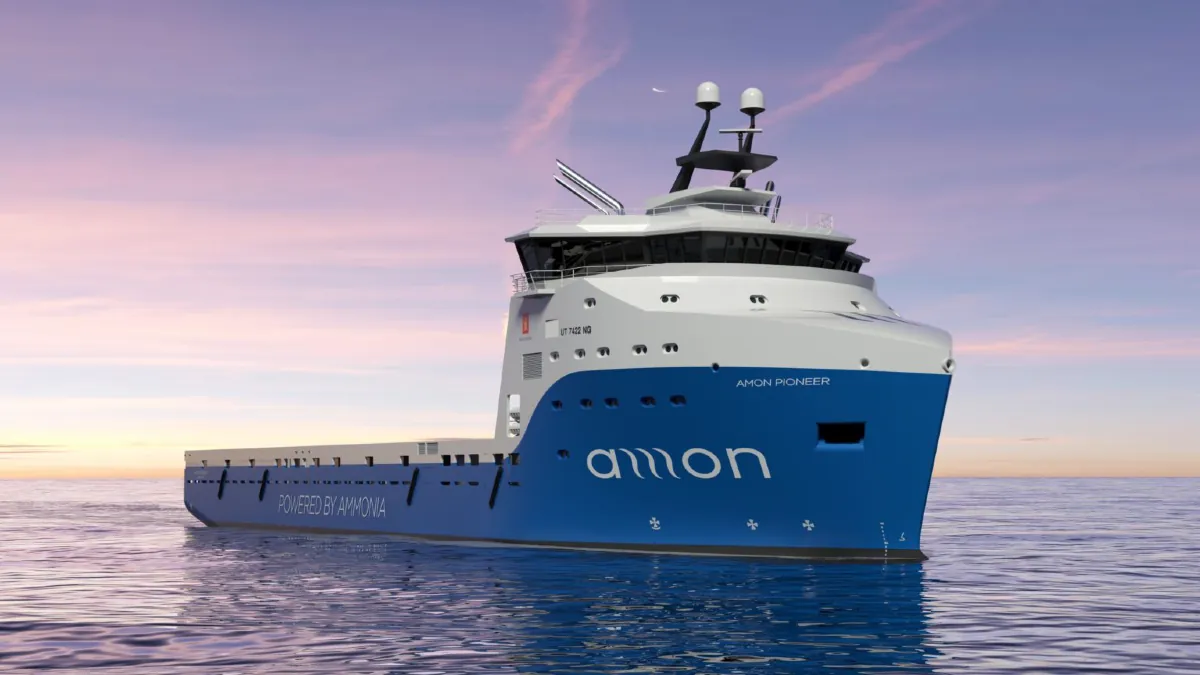Wartsila to Convert World's First Ammonia-Fuelled Supply Vessel
Finnish engine maker Wartsila partners with Norwegian firms to convert a platform supply vessel to run on ammonia fuel. The project aims to reduce maritime carbon emissions significantly.

In a groundbreaking move for maritime sustainability, Wartsila Oyj Abp has entered into an agreement with Norwegian shipowner Eidesvik to modify a platform supply vessel (PSV) for ammonia fuel compatibility. This initiative marks a significant step towards reducing carbon emissions in the shipping industry, which currently accounts for approximately 3% of global greenhouse gas emissions.
The vessel in question, Viking Energy, is set to become the world's first ammonia-fuelled PSV in active service. Wartsila, a company with a rich history dating back to 1834, will provide the necessary equipment for this pioneering conversion. Platform supply vessels play a crucial role in offshore oil and gas operations, and this transformation could pave the way for more sustainable practices in the sector.
Equinor ASA, Norway's largest energy company and the charterer of Viking Energy, is financing this innovative project. The collaboration between these industry leaders underscores Norway's commitment to adopting alternative fuels in maritime transport.

The timeline for this ambitious project is as follows:
1. Early 2026: Viking Energy scheduled for conversion
2. End of first half of 2026: Expected commencement of ammonia-fuelled operations
This initiative aligns with the International Maritime Organization's goal to halve shipping emissions by 2050. Ammonia, a compound of nitrogen and hydrogen (NH3), offers several advantages as a marine fuel:
- Higher energy density by volume compared to hydrogen
- Potential for zero-carbon production using renewable energy
- Significant reduction in greenhouse gas emissions
Wartsila has been at the forefront of ammonia engine technology development. The company launched its first ammonia four-stroke engine for orders in the fourth quarter of 2023. According to Wartsila, this technology can reduce greenhouse gas emissions by over 70% compared to similar diesel-based solutions.
"The technology can help cut greenhouse gas emissions by more than 70% compared to similar diesel-based solutions"
Looking ahead, Wartsila anticipates delivering its first ammonia-fuelled engine for a new vessel in early 2025, with widespread adoption expected in the 2030s. The company is also exploring other alternative fuels, including methanol and hydrogen, for marine applications.
It's worth noting that while ammonia presents a promising solution for maritime decarbonization, it poses certain challenges. The corrosive nature of ammonia necessitates the use of special materials in engine construction. However, the potential benefits far outweigh these obstacles, as evidenced by the industry's growing interest in this technology.
The Viking Energy, built in 2003 and measuring 94.9 meters in length, will serve as a floating testament to the viability of ammonia as a marine fuel. This project builds upon previous milestones in ammonia-powered shipping, including the first demonstration of such a vessel in New Orleans in 1981.
As the maritime industry continues to seek ways to reduce its environmental impact, projects like the Viking Energy conversion will play a crucial role in shaping the future of sustainable shipping. The collaboration between Wartsila, Eidesvik, and Equinor exemplifies the kind of innovative partnerships necessary to drive meaningful change in the sector.


































